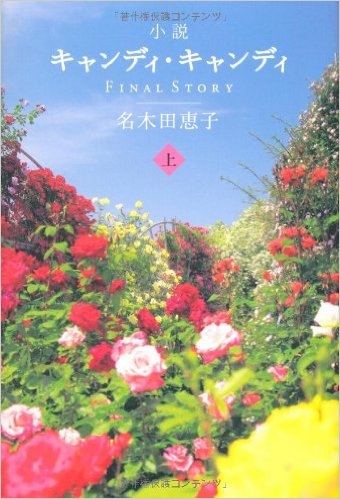Japanese short novel translation “Memoirs of a Traveller” (ある旅人の手記): Ch.1 “Coffee and Camera”
This is the first chapter of the story “Memoirs of a Traveller” which I am translating from Japanese to English. As you might guess from the name, this is a fictional story about someone’s travels throughout various cities and places. You can see my review of this story here, and the translation of the prologue (which should… Read More »
